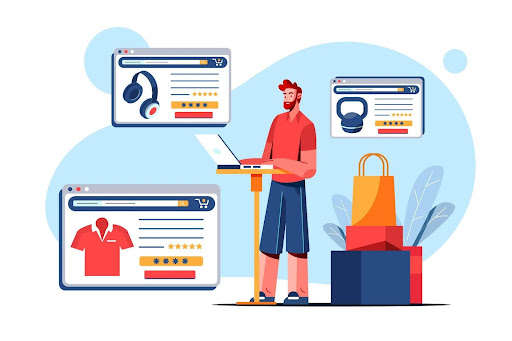Why Accessibility Matters in E-commerce
E-commerce websites must be designed with all users in mind.
However, a significant portion of the online population those with disabilities is
often left out. According to the World Health Organization, over 1 billion people
globally experience some form of disability. Failing to cater to this demographic
means losing out on a huge pool of potential customers.
Accessibility testing for e-commerce ensures that your website
adheres to web standards and is usable by individuals with disabilities, including
those with visual, auditory, cognitive, and physical impairments. In doing so, you
not only make your website more inclusive but also boost your business's credibility
and revenue potential.

The Correlation Between Accessibility and Conversion Rates
Accessibility testing isn’t just about compliance; it’s about
improving the user experience. A well-designed, accessible website is more
navigable, which in turn leads to higher customer satisfaction. When users find it
easy to navigate your website, they’re more likely to complete transactions, thereby
increasing your conversion rates.
Here are a few ways accessibility testing services can enhance your
e-commerce conversion rates:
Improved User Experience (UX)
Accessibility is closely tied to usability. By conducting thorough
web accessibility testing, you can identify and eliminate barriers that might
prevent users from navigating your site efficiently. When the UX is seamless,
customers can find what they’re looking for quickly, leading to fewer cart
abandonments and higher sales.
Increased Reach
When your website is accessible, you open it up to a broader audience, including
people with disabilities. This expands your potential customer base, directly
impacting your revenue. More importantly, inclusivity fosters brand loyalty.
Customers appreciate businesses that cater to their needs, and this loyalty can
translate into higher lifetime value.
SEO Benefits
Web accessibility testing services can improve your website's search engine
optimization (SEO) efforts. Search engines like Google favor websites that are easy
to navigate and have well-structured content. For instance, alt text for images—a
crucial element in accessibility—also improves SEO by making your site more
discoverable in image search results. The better your SEO, the more traffic you
drive, which ultimately boosts conversions.
Legal Compliance
Many countries have enacted stringent accessibility laws for websites, and failing
to comply can result in lawsuits and fines. By incorporating automated accessibility
testing, you ensure that your e-commerce site meets legal requirements such as the
Americans with Disabilities Act (ADA) and the Web Content Accessibility Guidelines
(WCAG). Staying compliant not only saves you from legal headaches but also builds
trust with your audience.
Reduced Bounce Rates
Accessibility barriers can lead to high bounce rates, as users with disabilities
will likely leave your site if they cannot access its features. By investing in
accessibility user testing, you can identify issues that make your site difficult to
use and address them proactively. A lower bounce rate means visitors are more
engaged, which can lead to higher conversion rates.
The Benefits of Automated Accessibility Testing
Testing an entire e-commerce platform for accessibility can be time-consuming if
done manually. However, with automated accessibility testing, businesses can quickly
identify and fix accessibility issues across their websites. These tools scan web
pages to detect common accessibility barriers, such as missing alt text, broken
links, or incorrect ARIA attributes.
While automated accessibility testing tools can help speed up the process, they
should be complemented with accessibility user testing to ensure a comprehensive
evaluation. Accessibility user testing involves real users with disabilities
interacting with the website, providing invaluable insights into the overall user
experience.
































































































